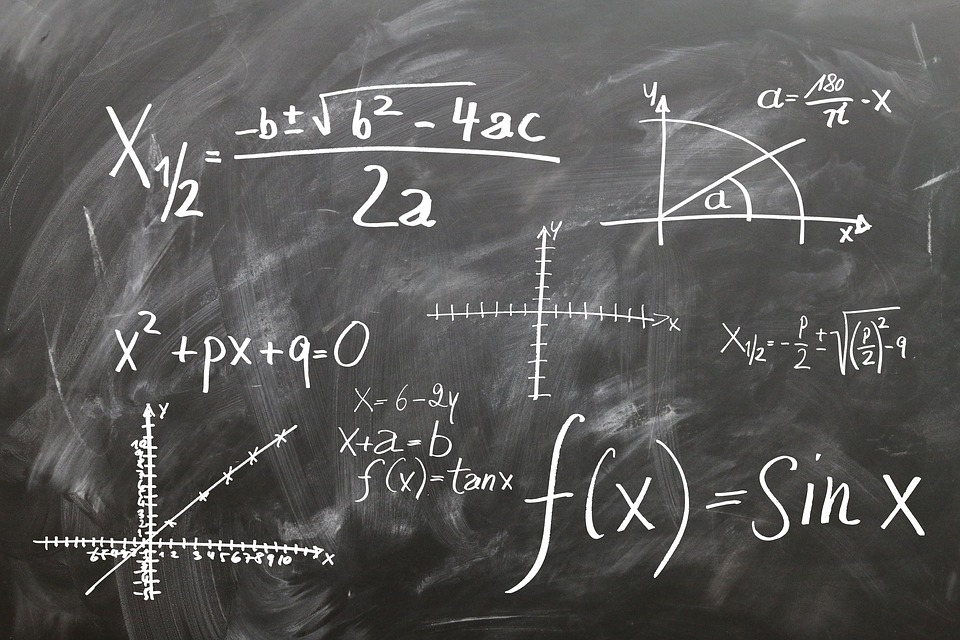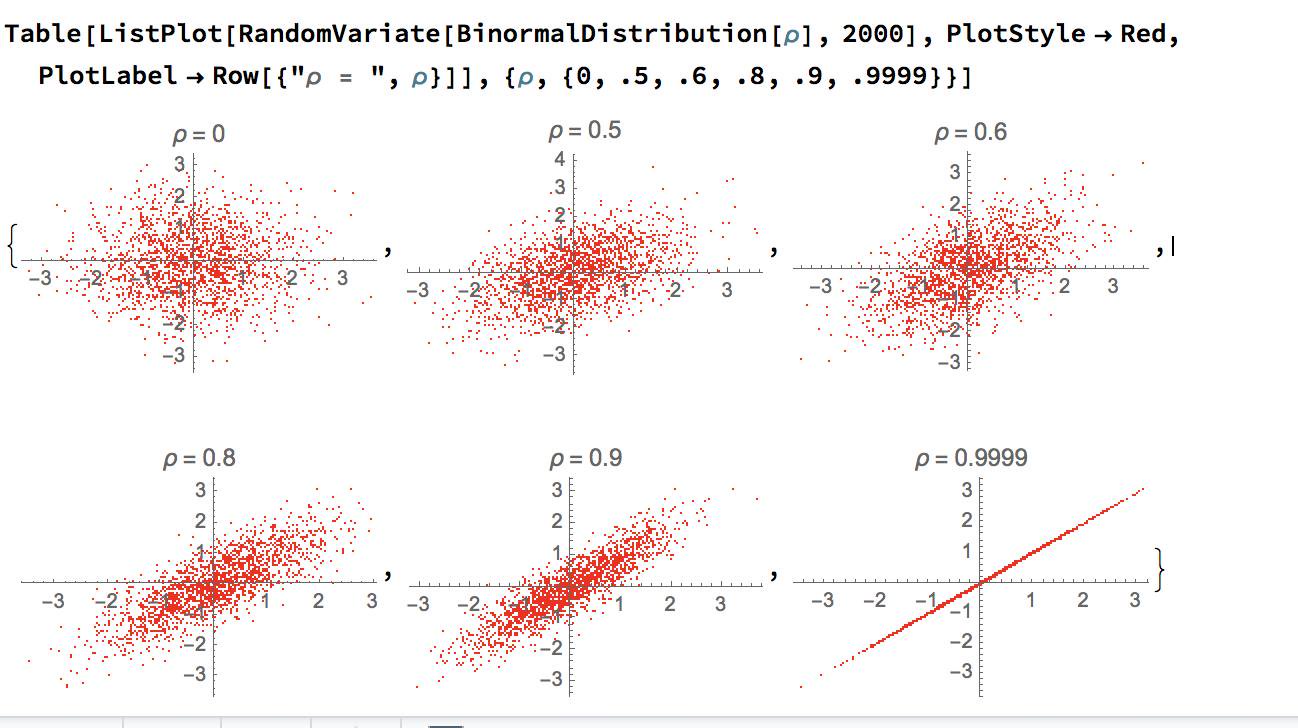Encyclopedia
-

Communication
—
by
There are two modes of communication (Skinner, Verbal Behavior 1957). Either you communicate to clarify or you communicate to influence. The basic principle of communicating to clarify is to be as specific as possible. To clarify, you need to make sure that you do not delete, distort or generalize relevant details. Because clarification entails a…
-

Complexity
—
by
Complexity is a measure of how much variation there is in a system. Variation is a measure of how many variables there are and how many different values these variables can have. The more variables you have, especially when many of these variables can have many different values, the more complex the system is. A…
-

Concept
—
by
A concept is an abstraction that we use because it makes it easier to communicate. Although it seems that the concept of “concept” is easy to grasp, there are quite a few pitfalls with concepts. Naively there is the risk of taking the concept to be the same as a real thing as both are…
-
Convergence
—
by
Convergence is the number of people who come to the same judgement. A high convergence means that a lot of people agree. A low convergence means that there is a lot of disagreement. See objectivity for a more extensive explanation of convergence.
-

Correct
—
by
How do you proof that you analysis is correct? Well, first of all a proof might be too strong a demand. Maybe, it is enough to have an analysis that is probable. For normally a proof would need a double blind random test which is not feasible within football. A good alternative would be Bayesian…
-

Correlation
—
by
Most people have heard that correlation is not causation. Yet, almost no-one has heard that correlation is not correlation. Technically, correlation only establishes a measure of how much two lines are similar to each other. This measure of similarity is not even undisputed as it uses the least square method of the regression of the…